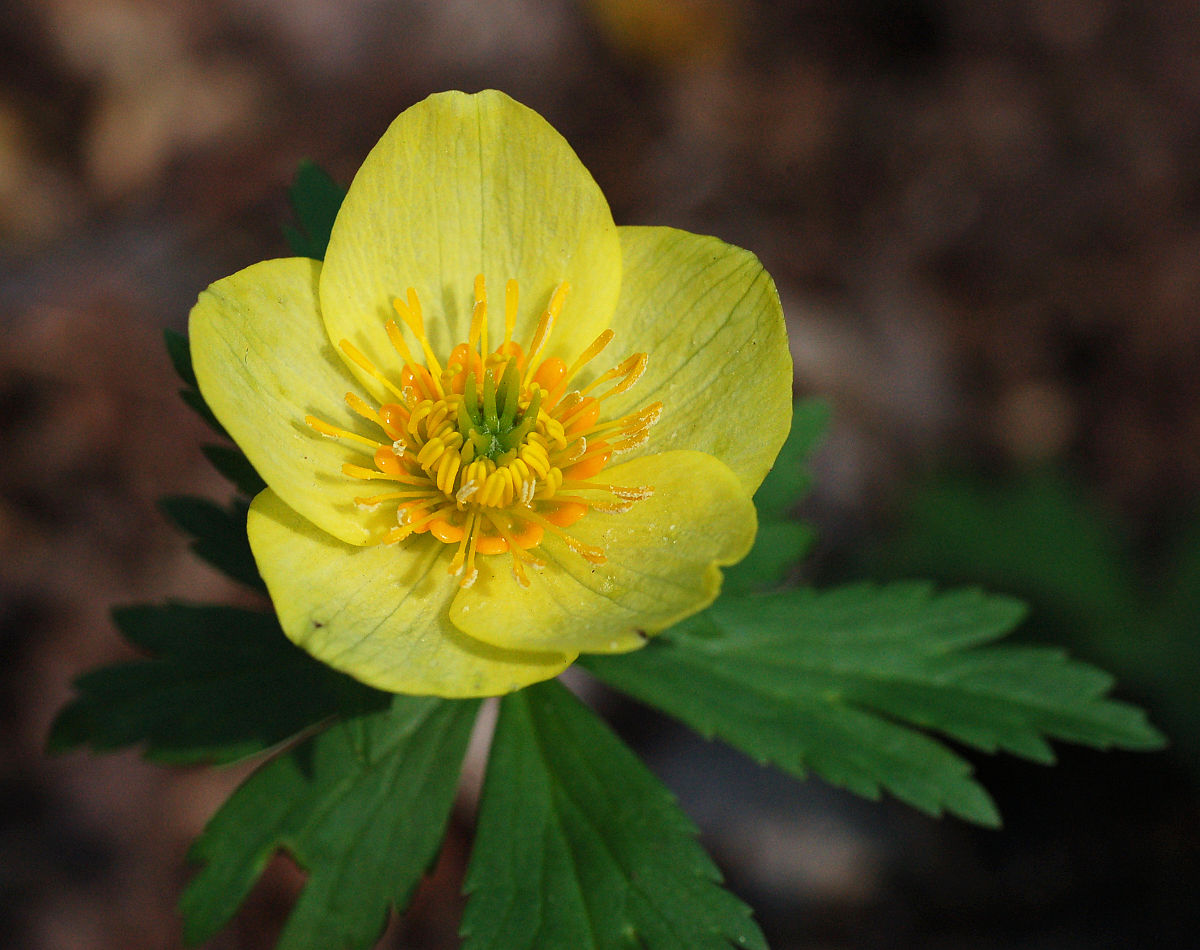Certainly! Here’s a comprehensive article about Trollius, incorporating the requested formatting changes.
Trollius, commonly known as globeflower, is a captivating genus of flowering plants that grace temperate and arctic regions with their vibrant blooms. Belonging to the Ranunculaceae family, these perennials offer a delightful spectacle in gardens and natural landscapes alike. Let’s delve into the fascinating world of Trollius.
Botanical Characteristics

Trollius species are primarily herbaceous perennials, characterized by their fibrous root systems and striking flowers.
Floral Display
The hallmark of Trollius is its distinctive globe-shaped flowers, which give rise to its common name. These blossoms, typically ranging in color from bright yellow to deep orange, and in some cases lilac, consist of numerous sepals that form a spherical or semi-spherical structure.
Foliage and Structure

The plants exhibit bushy, rounded foliage, providing a lush green backdrop to the vibrant flowers. Stems are erect, supporting the blossoms and contributing to the plant’s overall upright growth habit.
Ecological Niches
Trollius thrives in moist environments, often found in:
Wetlands and Meadows

These plants are well-adapted to peatlands, swamps, and wet meadows, where they benefit from consistently moist soil conditions.
Mountainous Regions
Certain Trollius species also inhabit mountainous areas, extending up to alpine zones, demonstrating their adaptability to varying altitudes and climates.
Cultivation and Garden Use
Trollius is a popular choice among gardeners, valued for its ornamental appeal and ease of cultivation.
Optimal Growing Conditions
These plants prefer cool, moist, and humus-rich soils, making them ideal for planting near ponds, streams, or in bog gardens. Partial shade, particularly during the afternoon, is beneficial.
Garden Applications
Trollius adds a splash of color to garden landscapes, serving as:
A vibrant addition to border plantings.
Cultivation Practices
Maintaining consistent soil moisture is crucial.
Botanical Diversity
The genus Trollius encompasses a variety of species, each with its unique characteristics.
Notable Species
Trollius europaeus:
Medicinal and Phytochemical Aspects
Beyond their ornamental value, some Trollius species, particularly Trollius chinensis, have been utilized in traditional medicine.
Traditional Uses
In traditional Chinese medicine, Trollius chinensis has been employed for its purported heat-clearing and detoxifying properties.
Phytochemical Research
Scientific investigations have revealed the presence of various bioactive compounds in Trollius species, including:
Flavonoids
These compounds contribute to the plant’s potential pharmacological activities, such as anti-inflammatory, antioxidant, antibacterial, and antiviral effects.
Ecological Considerations
While Trollius adds beauty to landscapes, it’s essential to consider its ecological role.
Interactions with Wildlife
Trollius species can be poisonous to livestock when fresh, but their acrid taste typically deters consumption.
Conservation
Preserving the natural habitats of Trollius is crucial for maintaining biodiversity. Protecting wetlands and mountainous regions ensures the continued existence of these enchanting plants.
Conclusion
Trollius, with its captivating globe-shaped flowers and ecological significance, stands as a testament to the beauty and diversity of the plant kingdom. Whether adorning garden landscapes or contributing to traditional medicine, these plants continue to fascinate and inspire.

